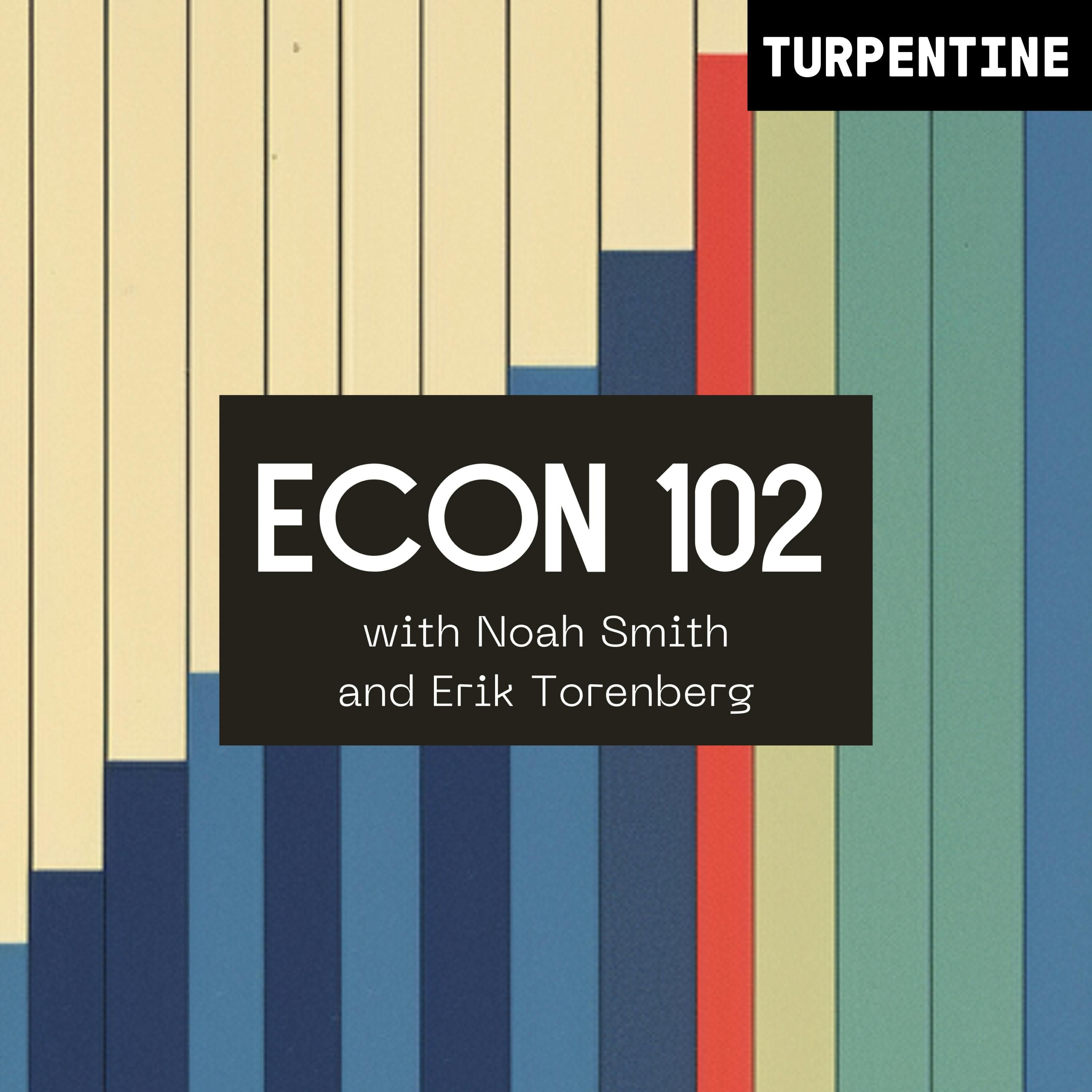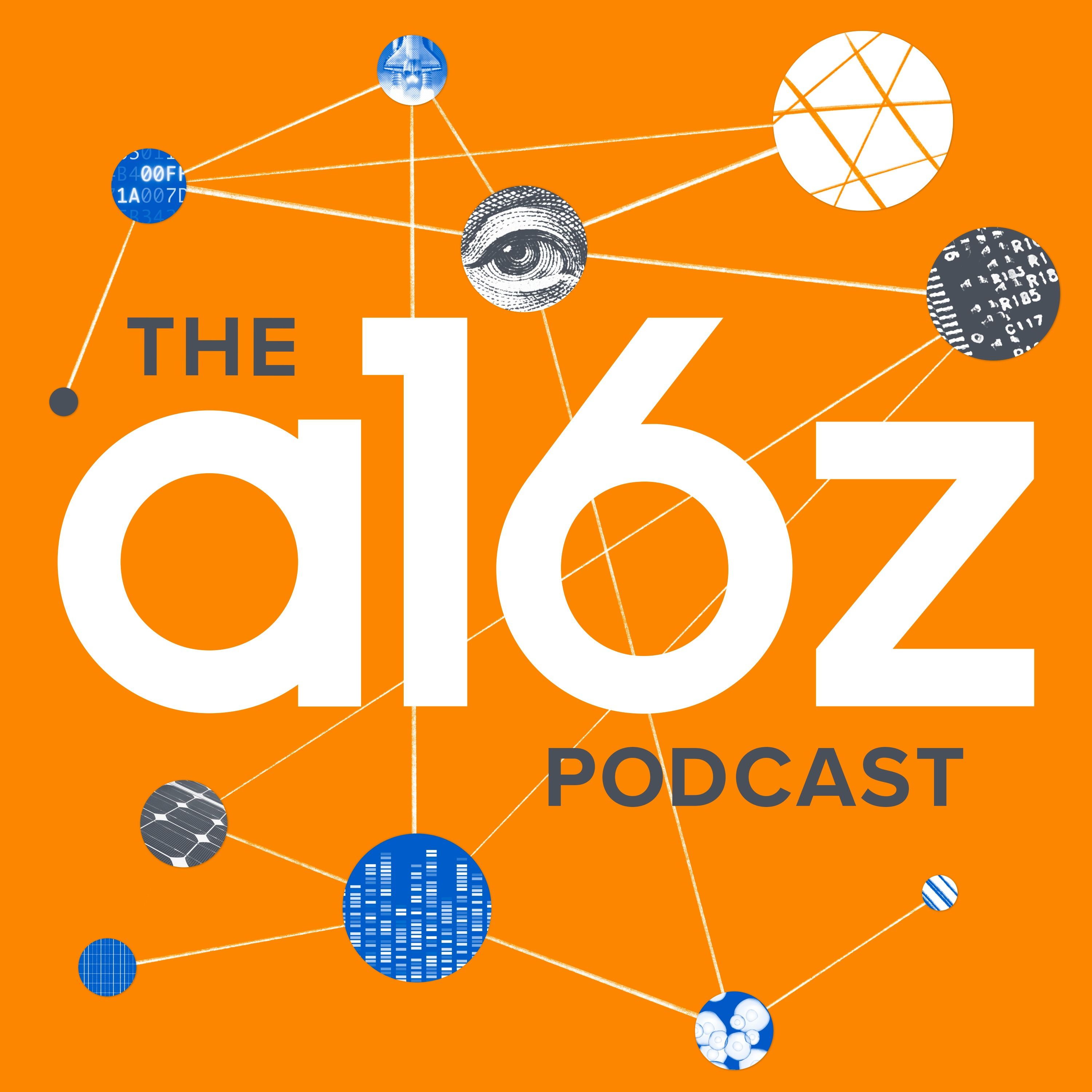PortalsOS
Related Posts
Vote to see vote counts

Generative AI is solving mechanical design, with API pricing making it cheaper to outsource design than hire a human. This is a hyper deflationary field getting solved overnight.
Nathan Labenz challenges the idea that AI progress is flatlining, arguing that the perception of diminishing returns is misleading. He believes that the advancements between GPT-4 and GPT-5 are substantial, but the frequent updates have made it harder for people to recognize the scale of progress.

The cost of running AI systems is much lower than the cost of human labor, which may drive further automation and economic shifts.
OpenAI's core business of ChatGT subscriptions is under challenge due to breakthroughs like DeepSea and Grok4, where token costs have dropped dramatically.

The cost of running advanced AI models, like the one that solved a virology problem, may reach thousands of dollars, but this is significantly cheaper than years of research by graduate students. This cost-effectiveness could transform how we approach complex scientific challenges.

The potential for AI to democratize technology is significant, as it is already widely accessible through platforms like ChatGPT.
With the new Grok model, building something with AI can cost as little as 50 cents, compared to five bucks with older models. That's a crazy reduction!

In the AI industry, if frontier models become interchangeable, companies like OpenAI and Anthropic may struggle to charge premiums, as competitors offer similar quality at lower costs.
Nathan Labenz argues that while AI might be perceived as slowing down, the leap from GPT-4 to GPT-5 is significant, similar to the leap from GPT-3 to GPT-4. He believes that the perception of stagnation is due to the incremental releases between major versions, which may have dulled the impact of the advancements.

Open source AI models from China are gaining traction due to their cost-effectiveness, but there are concerns about the U.S. falling behind in this area.